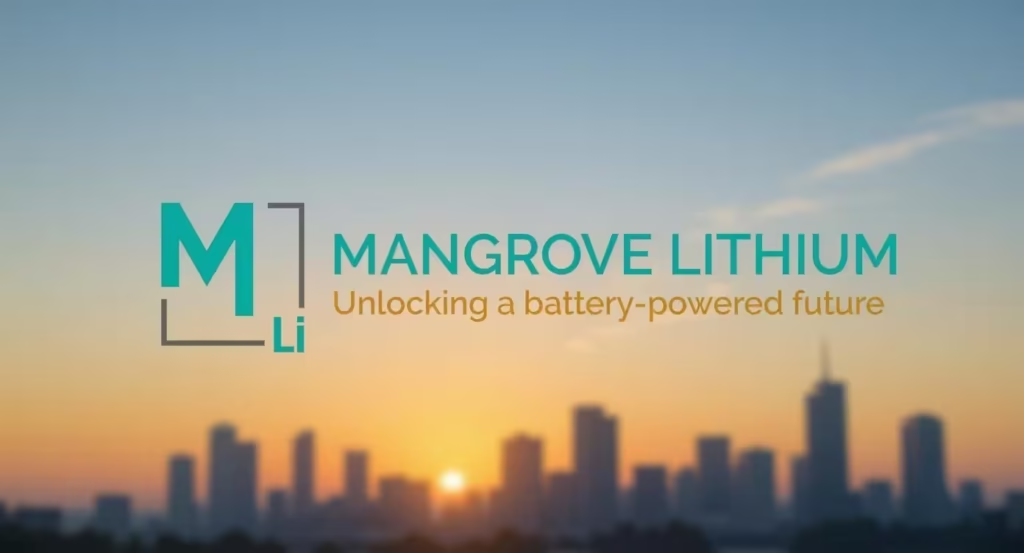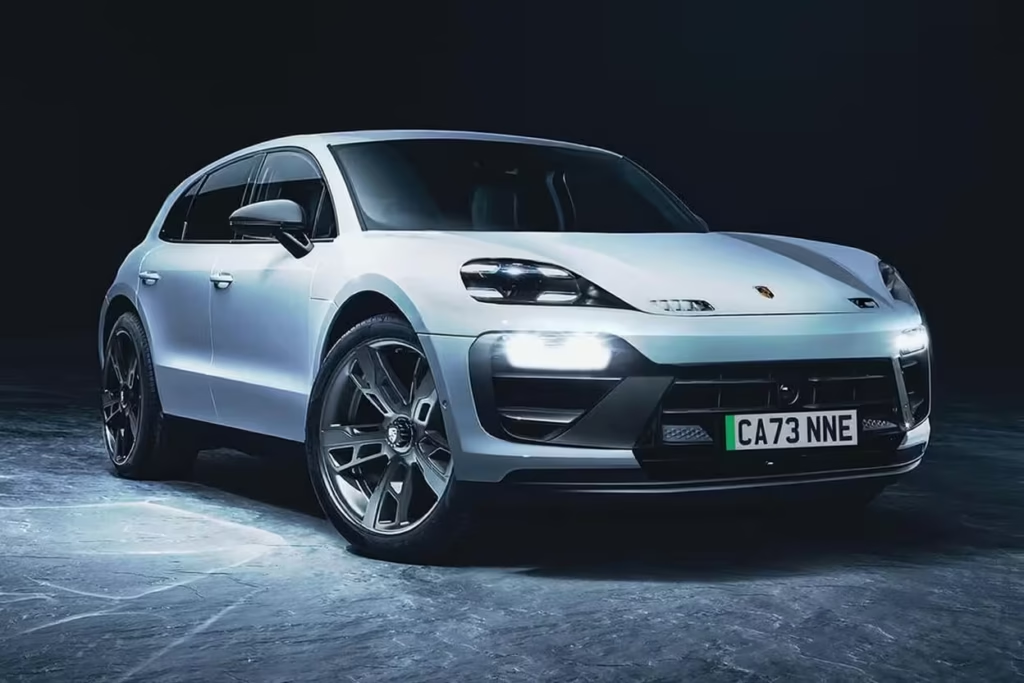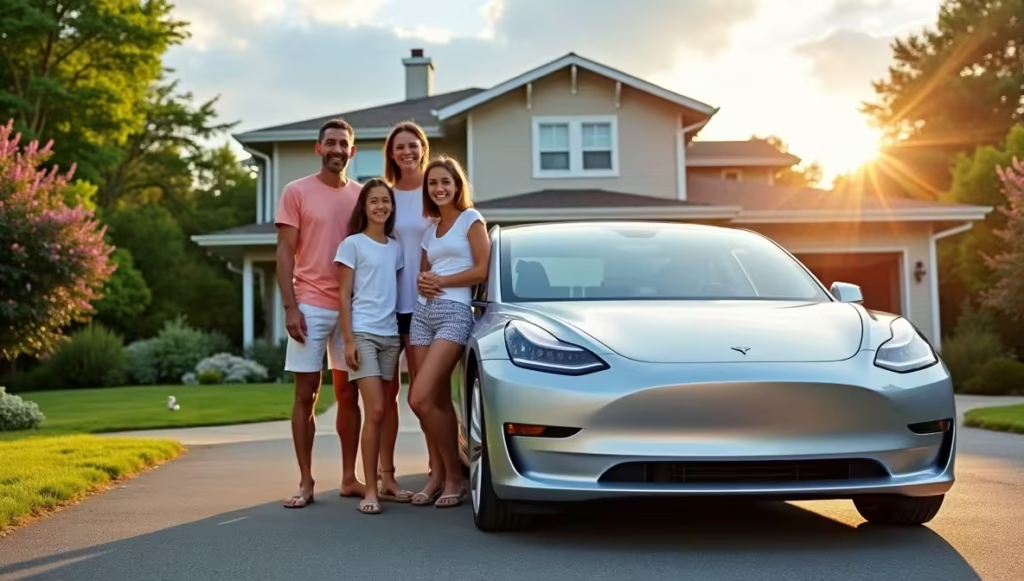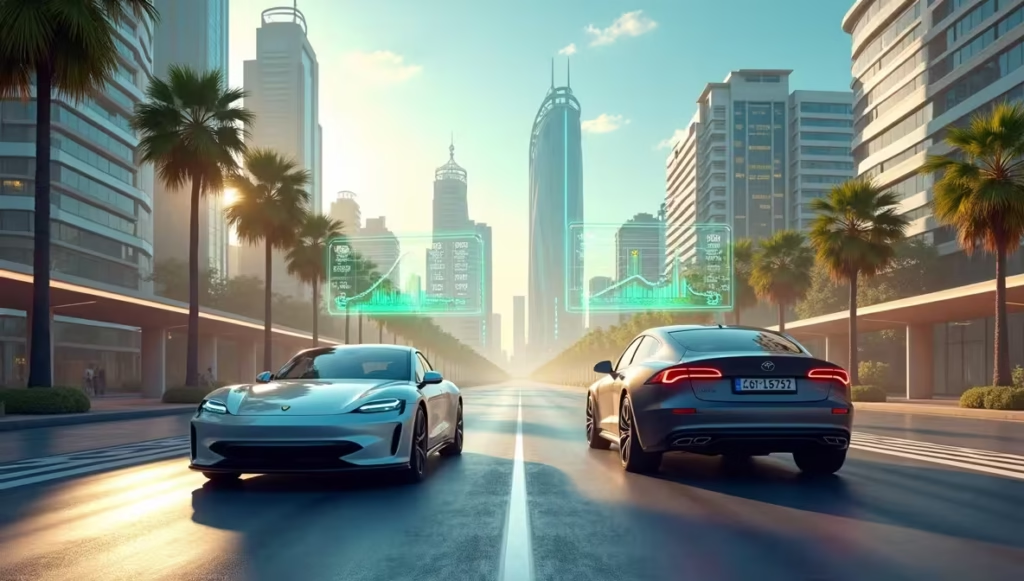A Game-Changer for North American EV Batteries

Mangrove Lithium, based in Vancouver, has announced a new lithium refining plant in North America with a capacity of 20,000 tonnes of battery-grade lithium per year—enough for approximately 500,000 EVs annually—doubling the continent’s current refining ability (source).
Why This Matters Now
Until recently, China dominated nearly 80% of global lithium refining—a vulnerability exposed when it considered export restrictions on key processing technologies earlier this year. Mangrove’s expansion comes at a critical moment, reshoring supply chains and enhancing energy security.
Advanced Tech Meets Clean Production
Mangrove’s plant uses electrochemical refining, a cleaner, modular, and more flexible method than traditional chemical processing. It reduces waste and carbon emissions, while allowing processing of diverse feedstocks like hard rock, brine, and recycled battery materials.
Strategic Partnerships & Offtake Deals
The new facility has already secured memoranda of understanding (MoUs) with major U.S. battery gigafactories—covering its entire output. This signals growing demand for domestically sourced battery materials from trusted automakers.
Timeline & Funding
- Delta Plant (BC): Under construction and set to begin operations by late 2025, it will produce enough lithium for 25,000 EVs/year from a USD 35 million investment.
- New Plant: Planned to be 20× larger, capable of powering up to half a million EVs annually; financing details are pending.
Regional Impact & Clean-Energy Strategy
- Energy Independence: Developing a domestic lithium-to-battery supply chain strengthens North American energy resilience.
- Sustainable Shift: The plant’s modular, low-carbon tech aligns with ESG goals and supports the transition to clean energy.
- Industry Signal: The MoUs show that major automakers are betting on Western-produced battery materials.
✅ What This Means for EV Buyers & Policy Makers
- EV Buyers should expect more stable EV battery costs and fewer supply chain disruptions.
- The Manufacturers: Reduced reliance on overseas processors brings bargaining leverage and pricing stability.
- For Policymakers: Mangrove’s project supports clean-manufacturing jobs and justifies supportive policies like the Inflation Reduction Act.
🏁 Bottom Line
Mangrove’s new plant marks a pivotal step toward North America’s battery sovereignty. It’s a move that could lower production costs, cut emissions, and secure supply chains—offering tangible benefits for EV affordability, resilience, and environmental goals.
Curious how this ties into EV deals and buying timelines? Check out our summer guide: EV Deals Are Red Hot — Is Now the Best Time to Buy?



